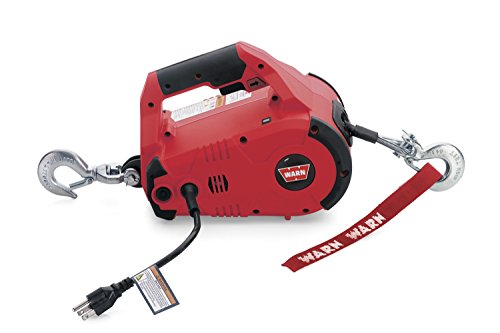slabghost
Well-known member
I'm certainly not an expert but I have been studying manifold design and theory. In the longer runners the fuel charge contained is 3-4 times the amount that will actually get into the cylinder at one valve opening. This charge changes directions several times bouncing back and forth until the next opening of the valve. If the charge is bouncing back toward the carb at valve opening the charge will be weak. If the charge is bouncing toward the valve just as the valve opens it can multiply the amount of charge entering the cylinder. Inside diameter size is the main option in adjusting the timing of the charge. Runners of course can be lengthened by adding curves but that is problematic. Timing of the "bounce" can only be done at one rpm and above or below that rpm the charge will arrive later. So the real power is noticed differently with different manifolds. Some may feel best power at lower rpm while others feel the big kick at higher rpm. Since lengths are pretty much set. It has to be due to the inside diameter of the runners.






















































